Affiliate links on Android Authority may earn us a commission. Learn more.

Meizu MX5 review
Published onJuly 30, 2015
Meizu MX5
What we like
What we don't like
Our scores
Meizu MX5
A big focus by smartphone manufacturers this year has been on offering consumers quality devices that don’t break the bank, and we’ve seen some fantastic new additions to this segment from the like of Asus, Alcatel OneTouch, and a slew of Chinese OEMs. The fact that high-end doesn’t necessarily have to mean expensive was really brought into the spotlight just this week however, with the ZTE Axon Phone, OnePlus 2. and the new Motorola flagships, the Moto X Style and Moto X Play, bursting on to the scene. Joining this intensely competitive arena now is Meizu, with their latest flagship offering. Does this device manage to stand out in this ever-growing and impressive crowd? We find that out, and more, in this in-depth Meizu MX5 review!
Design
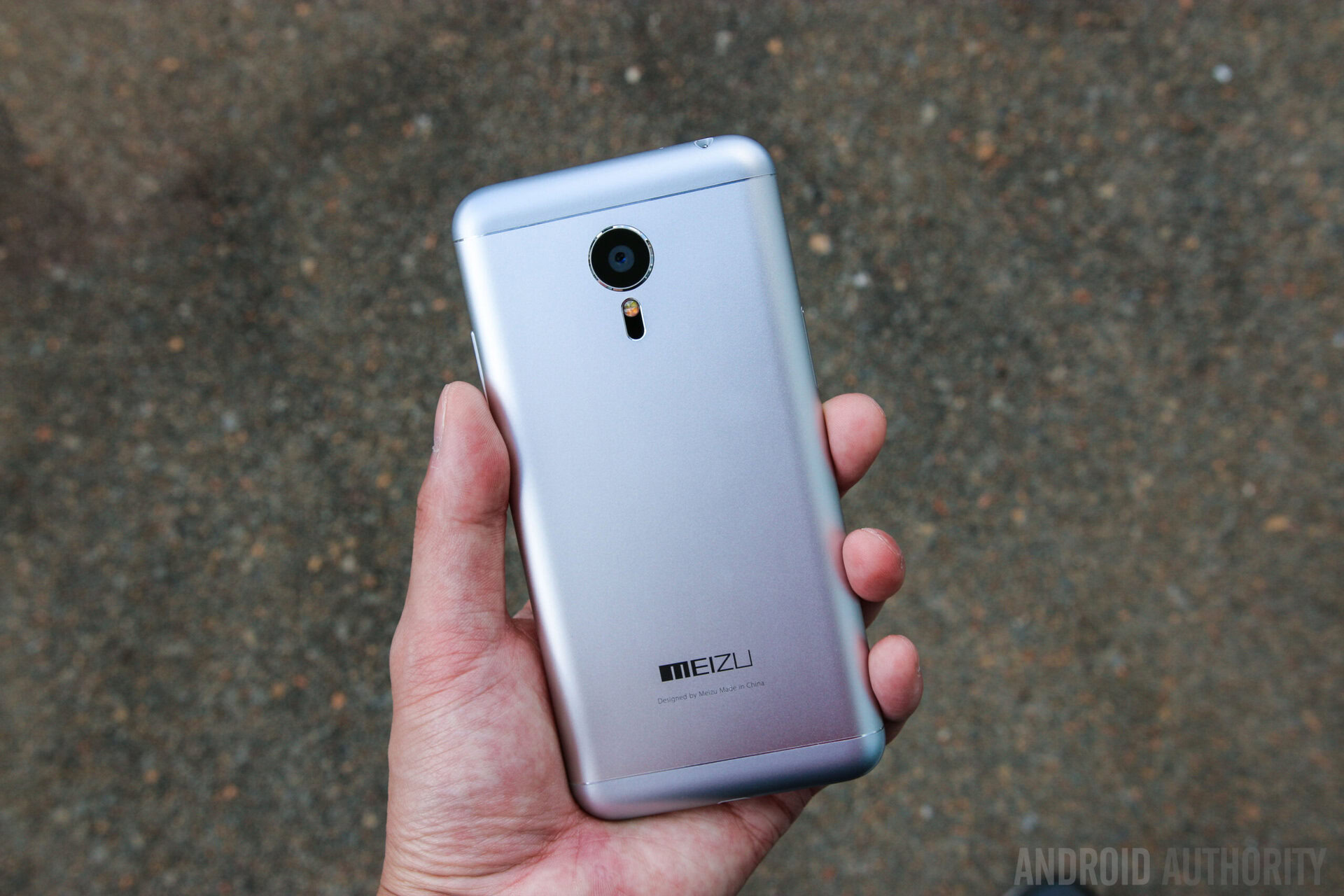
The Meizu MX5 retains a lot of the design language of its predecessor, and as such, also continues to feature a very familiar look with an inspiration that is obvious. Unlike previous iterations of this flagship line though, Meizu has gone from using a metal frame and plastic backing to a full metal unibody design that curves around the sides to meet the large display up front, allowing for the premium feel that is expected from a current generation flagship.
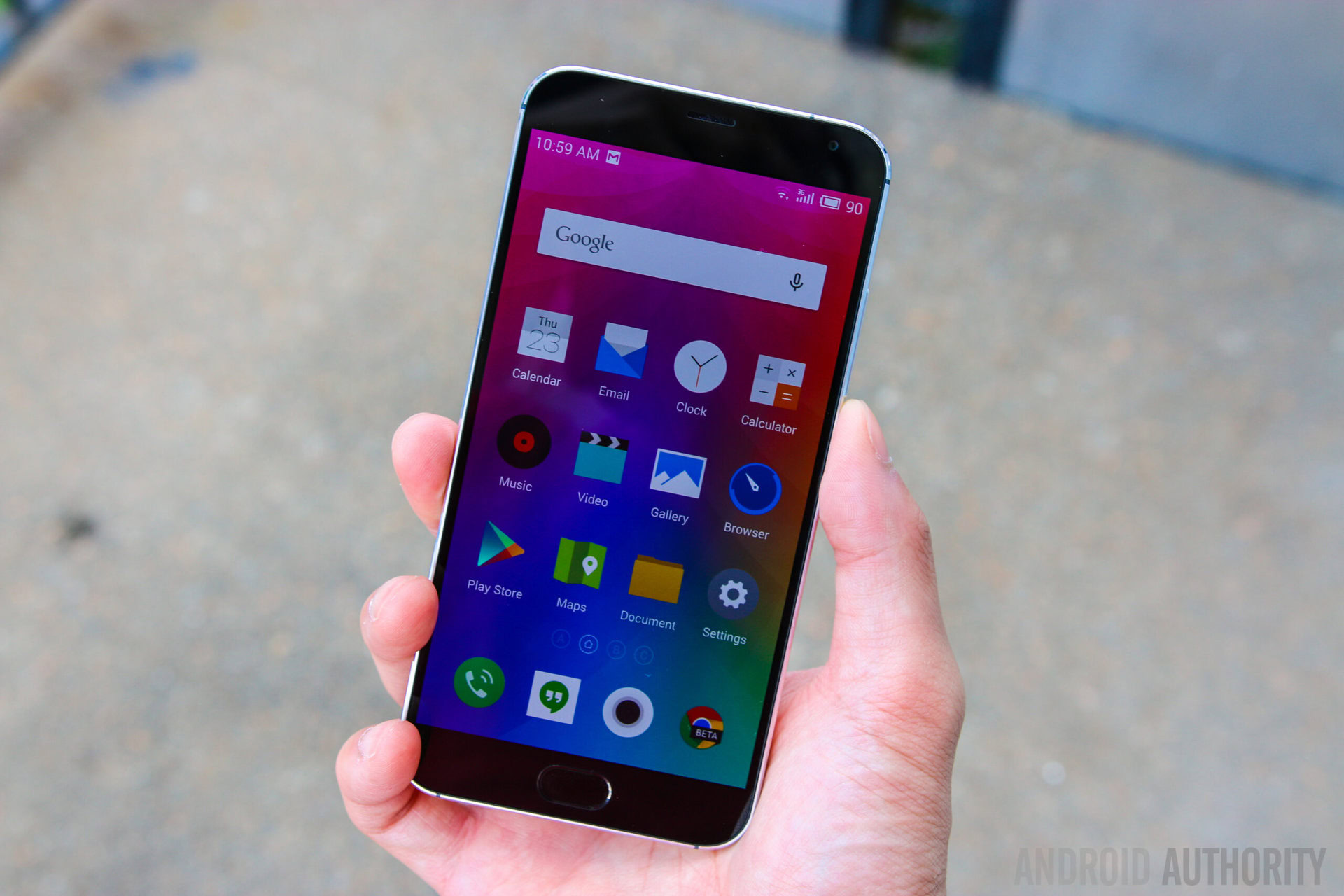
One easily noticeable difference in the design between generations is the presence of a physical home button up front, with an integrated fingerprint scanner, in the case of the Meizu MX5, replacing the capacitive home button found with its predecessor, which also doubled as a notification light. With this feature not available anymore, a notification LED is now included, found in its more traditional location above the display. The home button can feel a little cheap at times, which isn’t great, given all the different ways this button is used – as a home button, as a back button, and as a fingerprint scanner.

Taking a look around the device, on the right side is the power button below the volume rocker, placed to be within easy reach, and the dual SIM card slot can be found on the opposite side. The buttons may not be of the highest quality, but do offer a decent tactile feel and good responsiveness. The headphone jack is up top, and at the bottom is the microUSB port, flanked by a microphone and a single speaker unit.
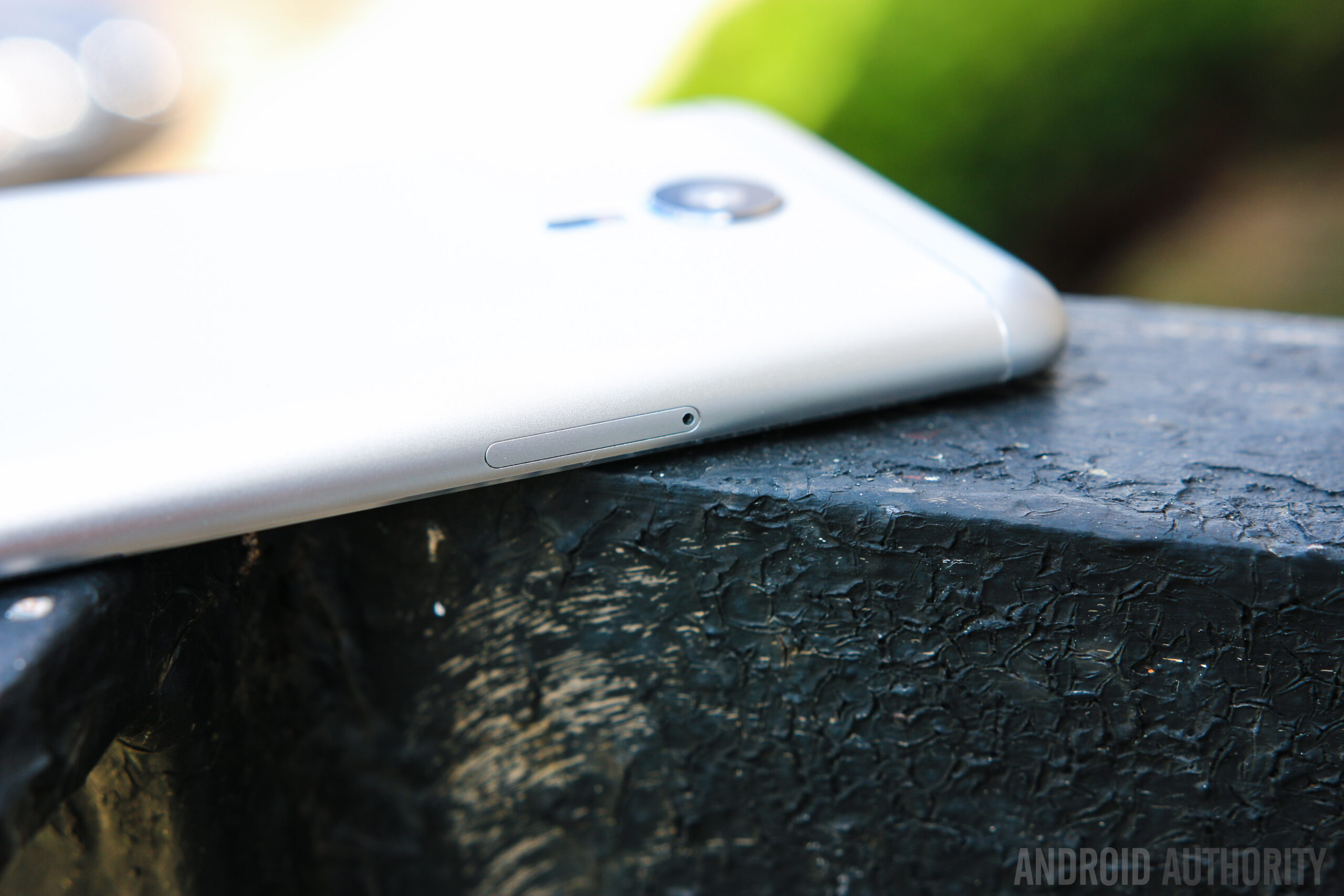
While not the thinnest smartphone around, its 7.6 mm thickness makes it quite sleek, and its weight of 149 grams results in a device that feels substantial and comfortable in the hand. Despite its metal construction, the MX5 isn’t particularly slippery and provides a secure grip, and the overall handling experience is far better than what you might get with other smartphones with a similar build.
Display
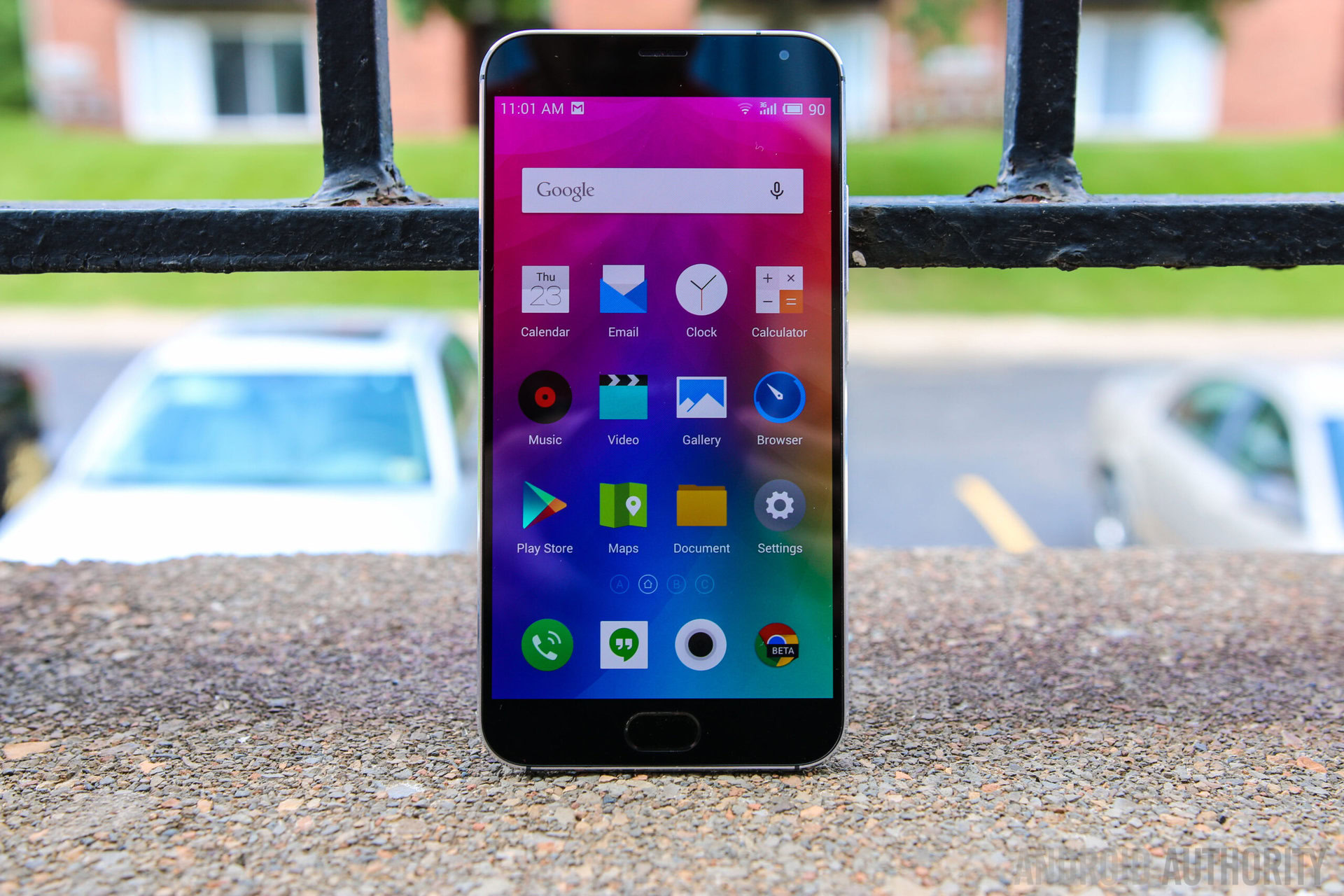
The Meizu MX5 comes with a 5.5-inch AMOLED display with a 1080p resolution, resulting in a pixel density of 401 ppi, and the display is protected by a Corning Gorilla Glass 3 panel, to keep things scratch-free. Meizu decided to ditch the rather odd 16:10 aspect ratio seen with its previous devices for the more standard 16:9, which is a very welcome change.
While Quad HD is dominating the high-end Android smartphone scene, the 1080p display of the Meizu MX5 certainly more than gets the job done. The display is beautiful, with AMOLED technology bringing everything we love about it, including colors that pop and are nice and saturated, deep blacks, and high brightness. The color temperature does lean towards the warmer side of things though, resulting in a slightly pinkish hue on white backgrounds. It may not be the sharpest display around, but the difference is hardly noticeable, and the media-viewing and gaming experience is an absolute joy.
Performance
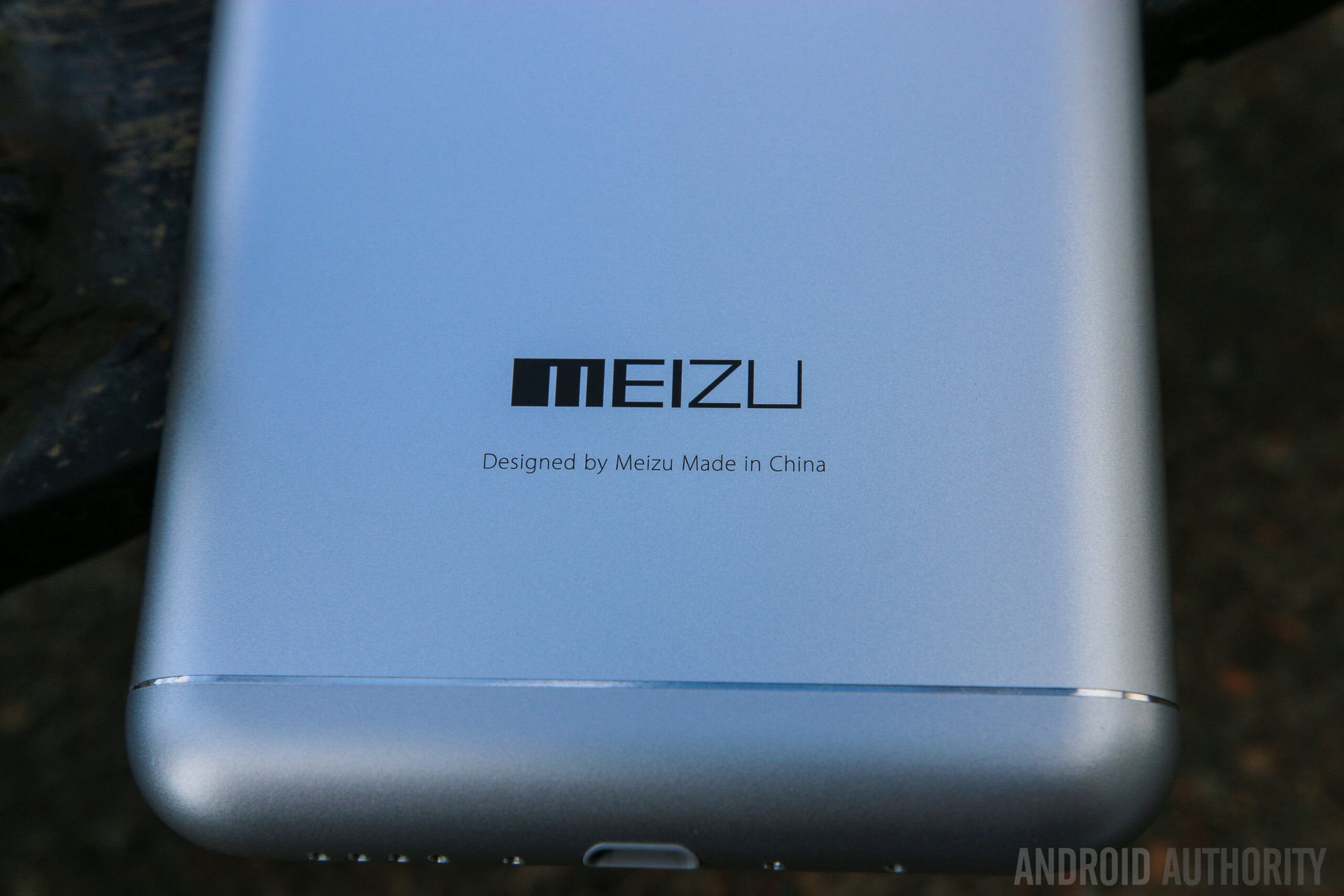
Under the hood, the Meizu MX5 packs an octa-core MediaTek MT6795 (Helio X10 Turbo) processor, clocked at 2.2 GHz, and backed by the PowerVR G6200 GPU and 3 GB of RAM.
MediaTek processors may not entirely match up with the Snapdragons of the world, but in the case of the Meizu MX5, there were rarely any problems with performance. Opening, closing, and switching between apps is a breeze, and the device flies through the various elements of the UI. The device also handles multi-tasking and gaming very well, which hasn’t always been the case with Meizu devices and others that feature MediaTek processors. That said, a big contributing factor to this smooth performance is also the software optimization that Meizu has managed with the latest version of the FlyMe OS.
Hardware
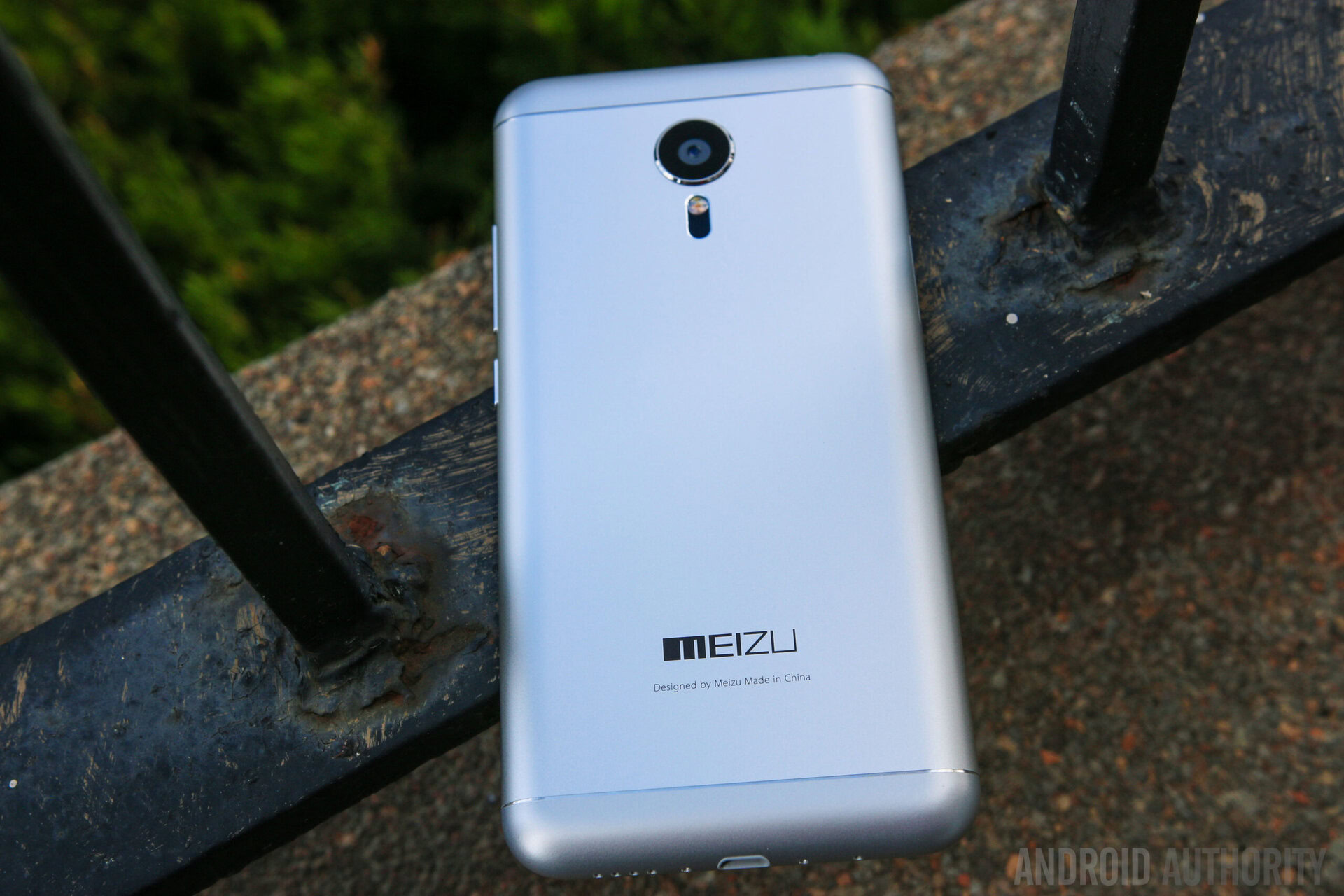
The phone is available in 16, 32, and 64 GB variants, but with the lack of expandable storage via microSD card, you will certainly be better off opting for the higher built-in storage options. The device also comes with a standard suite of connectivity options, along with 4G LTE support, but it is recommended to check for compatibility with your local network carrier first if you do decide to pick up this device.
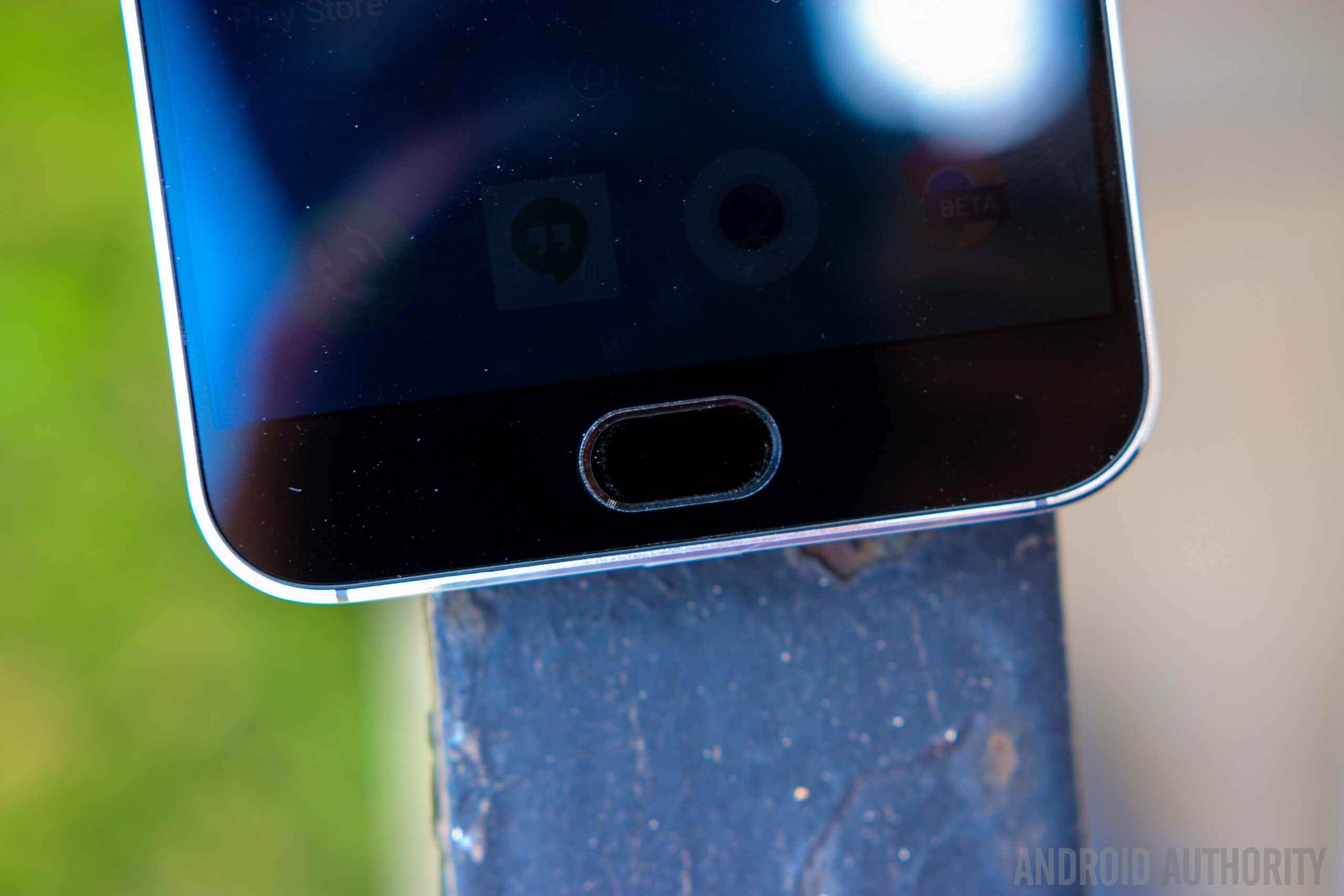
As mentioned, the physical home button up front has different uses, with a press required for it to work as a home button, and a tap to make it function like a back button. Finally, the button also comes with an integrated fingerprint scanner, that is called M-Touch. The touch type implementation is certainly the one we prefer, and it works incredibly well on the MX5. It is really fast, making it very quick and easy to unlock the device and get into your homescreen. There have been no issues with the scanner failing to recognize the fingerprint, and it actually manages to feel faster than the implementations found with some of the other, more high-end, devices out there.
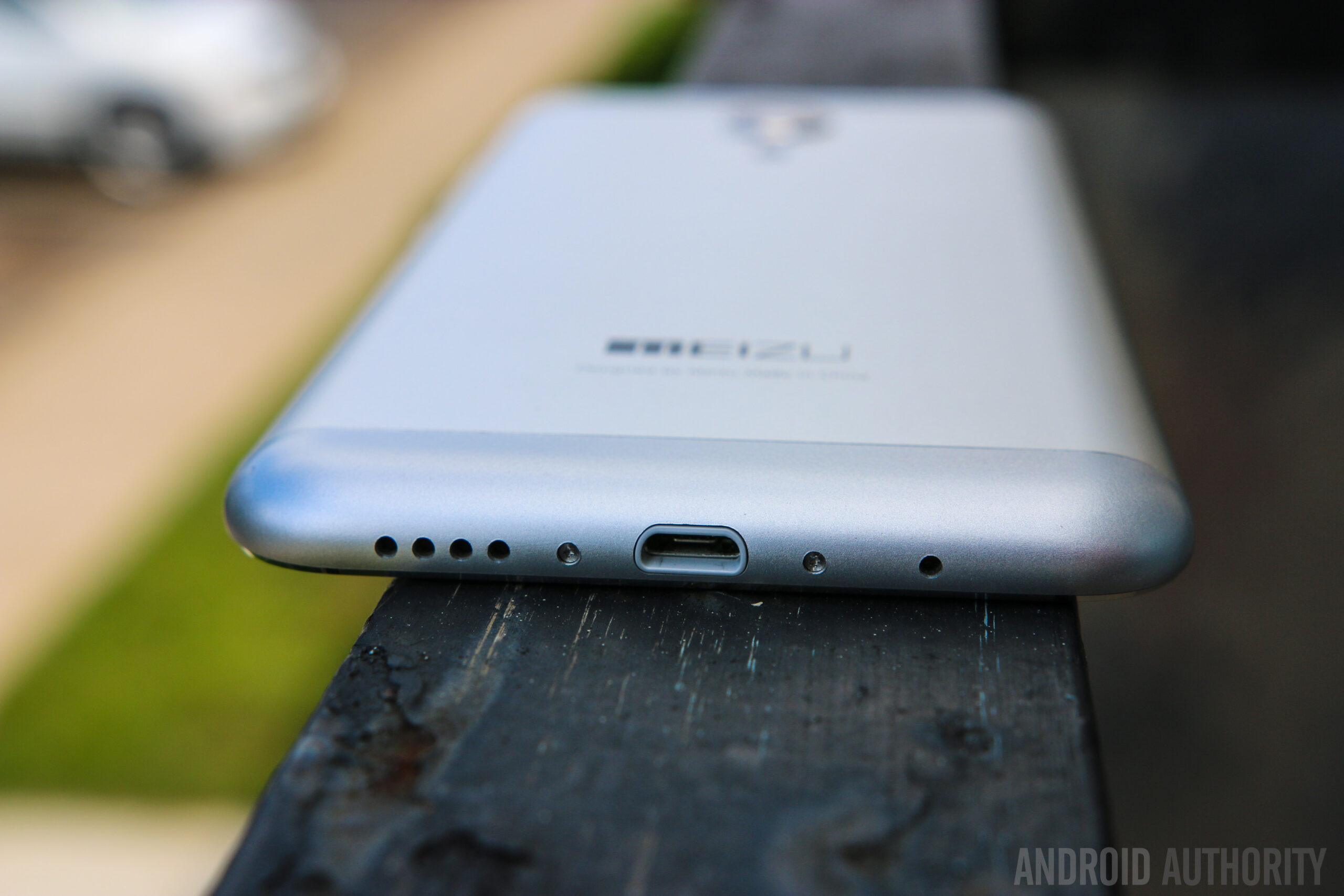
The single speaker at the bottom isn’t the best sounding out there, but is far from the worst. The audio can sometimes sound a bit tinny, but overall, it allows for a decent audio experience, and can certainly get very loud. As is the case with any bottom-mounted speaker though, it is fairly easy to cover it up when holding the device in the landscape orientation, but the curve along that side does alleviate this issue to some extent, even if only a little bit.

On the battery front, the Meizu MX5 comes with a 3,150 mAh non-removable battery, that allows for some impressive battery life. Regardless of your usage, you can always manage up to 4.5 hours of screen-on time, and the battery should allow for a full day of use for most users. Something odd is the fact that the “Phone Idle” mode seems to strain the battery a lot, which is very surprising. Since the battery life is still good, it isn’t a big concern, but the battery life should get even better if and when this bug is fixed.
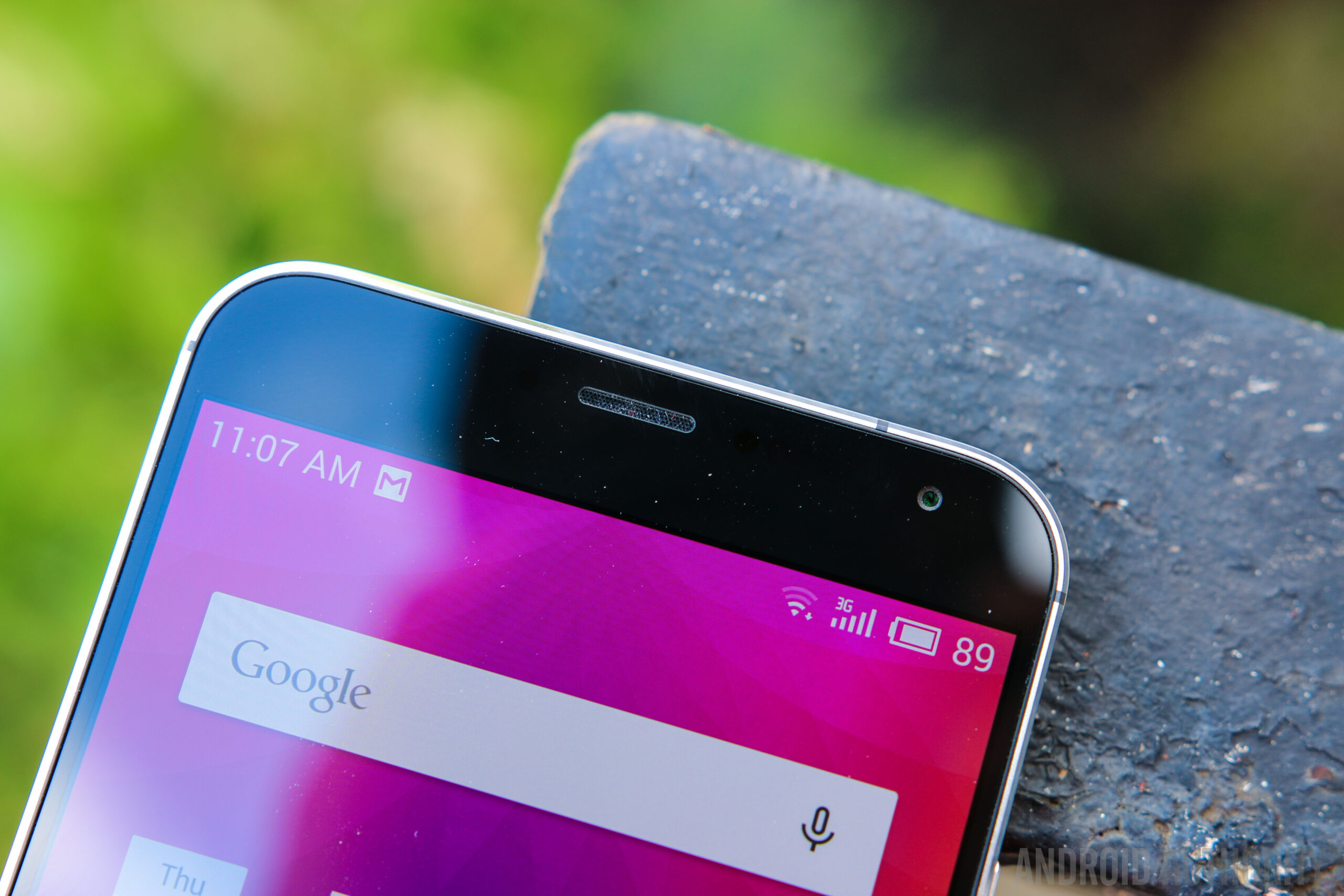
There are few different battery saving modes built-in as well, with the default Balance mode functioning very well for the most part. Graphic-intensive gaming may require a switch to Performance mode, but the default setting otherwise keeps everything running smoothly. There is of course, a power saving mode available that lets you get that little bit of extra juice out of the battery. If you do run out of battery life, the MX5 comes with fast charging capabilities, called M-Charge, that will allow you to charge the device to up to 60% in just 40 minutes.
Camera
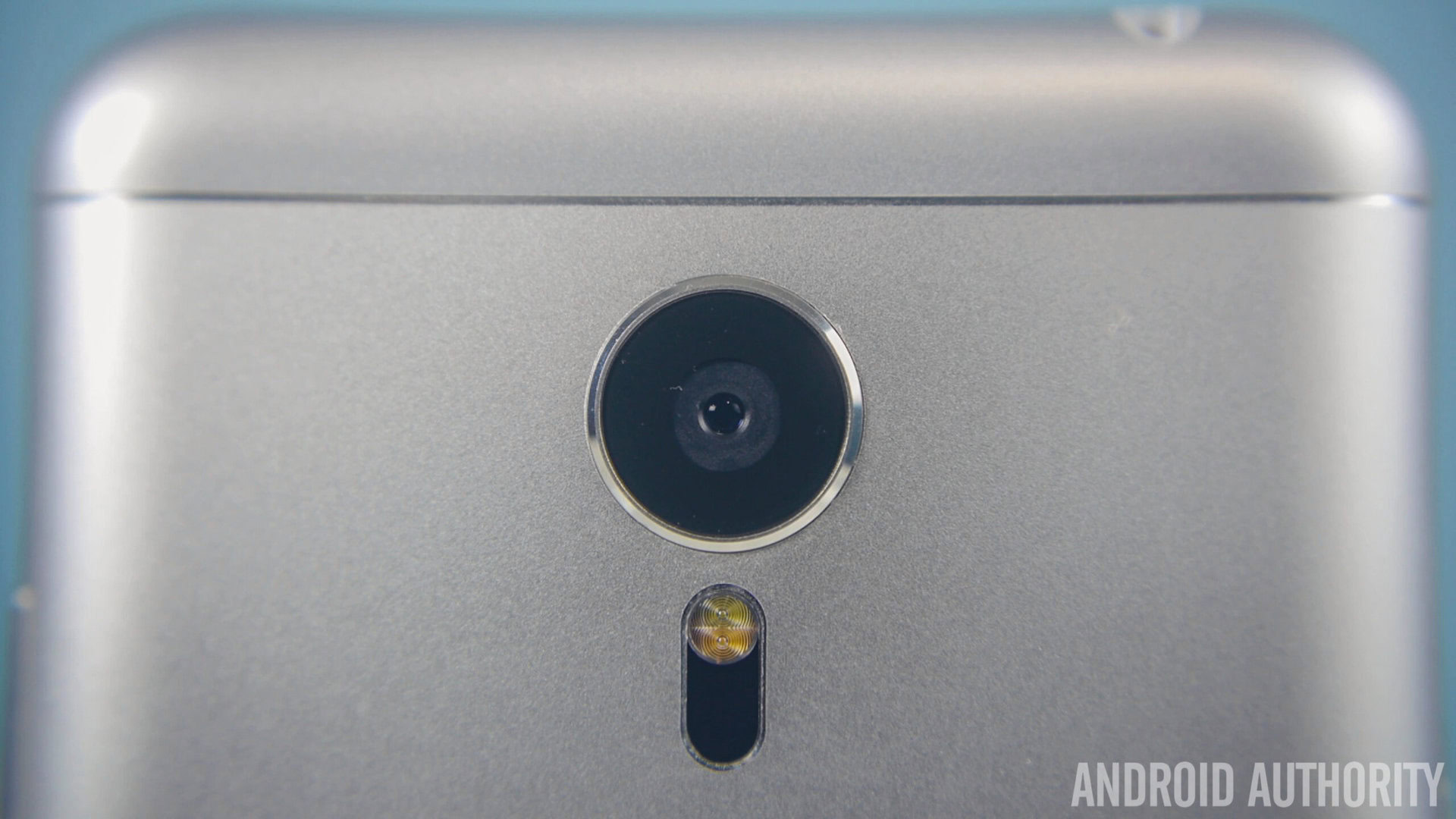
The Meizu MX5 comes with a 20.7 MP rear camera, with an f/2.2 aperture, and found below the camera is a dual tone LED flash and a laser-guided autofocus. The camera app is very simple, clean, and easy to use, with quick access to a bunch of different modes, like a full manual mode, that gives you granular control over aspects like shutter speed, ISO, exposure, and focus. Other modes include panorama, and Light Field, that takes a lot of shots fast at different focus points, allowing you adjust the focus after the fact.
Shooting in Auto mode allows for some good looking pictures, and it is actually quite surprising how nice they can look, with saturated colors and good detail. Dynamic range is good, but it is up to you to cater the shot correctly, so even if Auto mode is supposed to automatically adjust to take the best picture, that isn’t always the case.
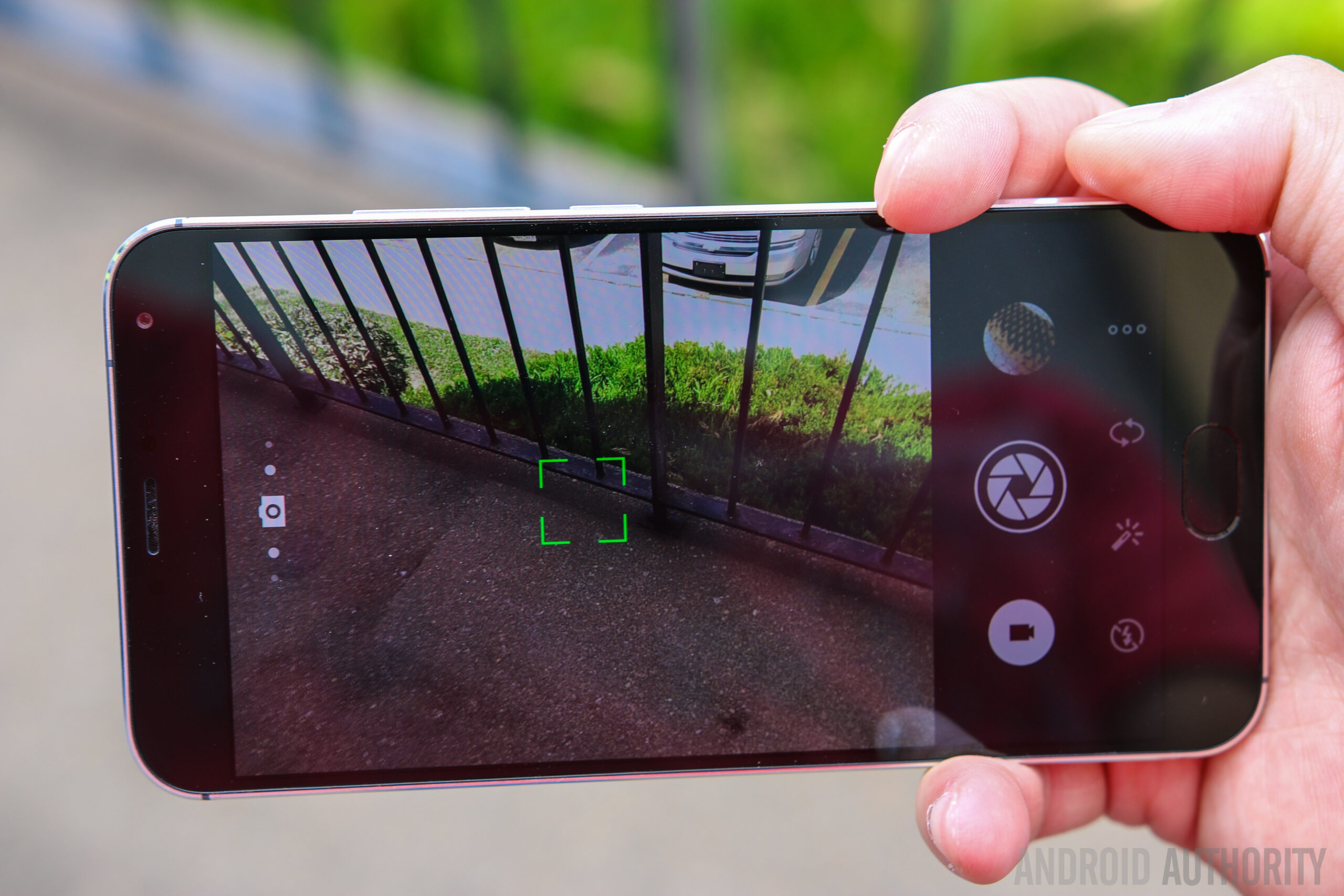
Tapping on the viewfinder helps with the focus and the adjustment of light, but this can be very finicky. You have to make sure that you tap exactly on where you want the camera to focus, and adjust the light to that area. Being off by just a little bit can result in an image that is either too dark, or too bright, and it does require a few tries to get it just right, which can be frustrating. HDR helps in this regard, but does require a second or two to take the picture.
Overall though, when you do get it right, some great shots are possible. As expected, low light shots can be a little noisy and lacking in detail, but the images don’t look too bad either. Video recording is great on the MX5 too, recording at 30 fps, along with 4K recording available as well. Slow Motion video capture is also possible, at 100 fps, and even though that isn’t as slow as some other flagship smartphones, the quality is certainly impressive.
The device also comes with a 5 MP front-facing camera, which allows for some decent self portraits. Pictures have a good amount of detail, but one thing you do have to watch out for is the fact that it tends to prioritize the primary subject, making anything that is even slightly in the background a little blurry. Taking advantage of the front-facing camera is Beauty mode, with settings that lets you change the size of your eyes, make your face a bit slimmer, and more. This mode may not be practical or useful for everyone, but can definitely be fun to play around with.
Software
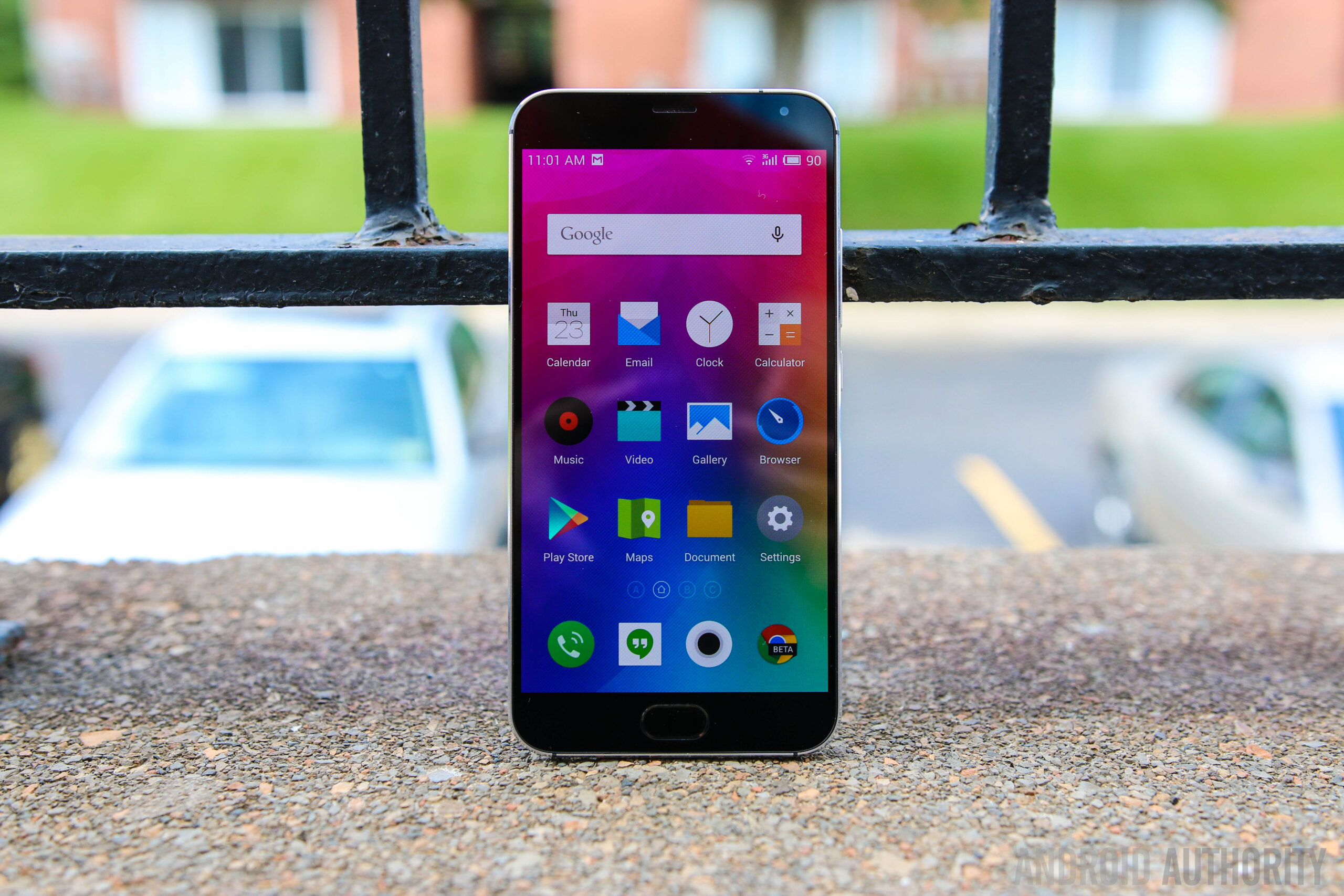
On the software side of things, the Meizu MX5 runs its own customized FlyMe OS 4.5, based on Android 5.0.1 Lollipop. Of course, you’ll be hard pressed to find any stock Android and Material Design elements in this user interface, and overall, the software experience can take some getting used to.
For starters, there is no application drawer available, leaving users dependent on folders to stay organized and keep the homescreens from getting too cluttered. The Settings menu is very iOS-like in its implementation, which isn’t necessarily a bad thing, but is of course, very different from what you may already be familiar with. Trying to get to the Settings app itself can be a pain, as there isn’t a direct shortcut available in the Quick Settings menu in the notification dropdown, so you will have to make sure that the Settings icon is at placed at an easily accessible location on the homescreen.
The FlyMe OS may be one of the more simpler takes on Android, but it does pack some cool and useful features, like the ability to lock apps so that they require a pass code to get in to. As mentioned, the physical home button also doubles as a back button, but when it comes to opening the multi-tasking screen, it does get a little strange, since there is no dedicated Recent Apps key to be found. You will have to slowly swipe up from the bottom, to open what looks a lot like the iOS 6 used app dock. Previews of the apps isn’t available, but you can close them with a simple swipe up.
Specifications
| Display | 5.5 inch AMOLED Full HD (1080x1920) Density: 401ppi |
|---|---|
Processor | Octa-core MediaTek Helio X10 8 x 2.2GHz Power VR G6200 GPU |
Storage | 16/32/64GB Expandable: No |
RAM | 3GB |
Connectivity | Wi-Fi a/b/g/n/ac Bluetooth 4.1 GPS+GLONASS |
Software | Android 5.0.1 Lollipop Flyme OS 4.5 |
Camera | 20.7 MP rear camera with dual LED flash 5 MP front-facing camera |
Battery | 3,150 mAh |
Colors | black, silver, gold |
Dimensions | 149.9 x 74.7 x 7.6 mm 149 grams |
Gallery
Pricing and final thoughts
One of the key aspects of a device like the Meizu MX5 is its affordable price point, with the device starting at $339 for the 16 GB iteration, and going up to $459 for the highest 64 GB storage option. Available colors for the Meizu MX5 include black, gold, and silver.
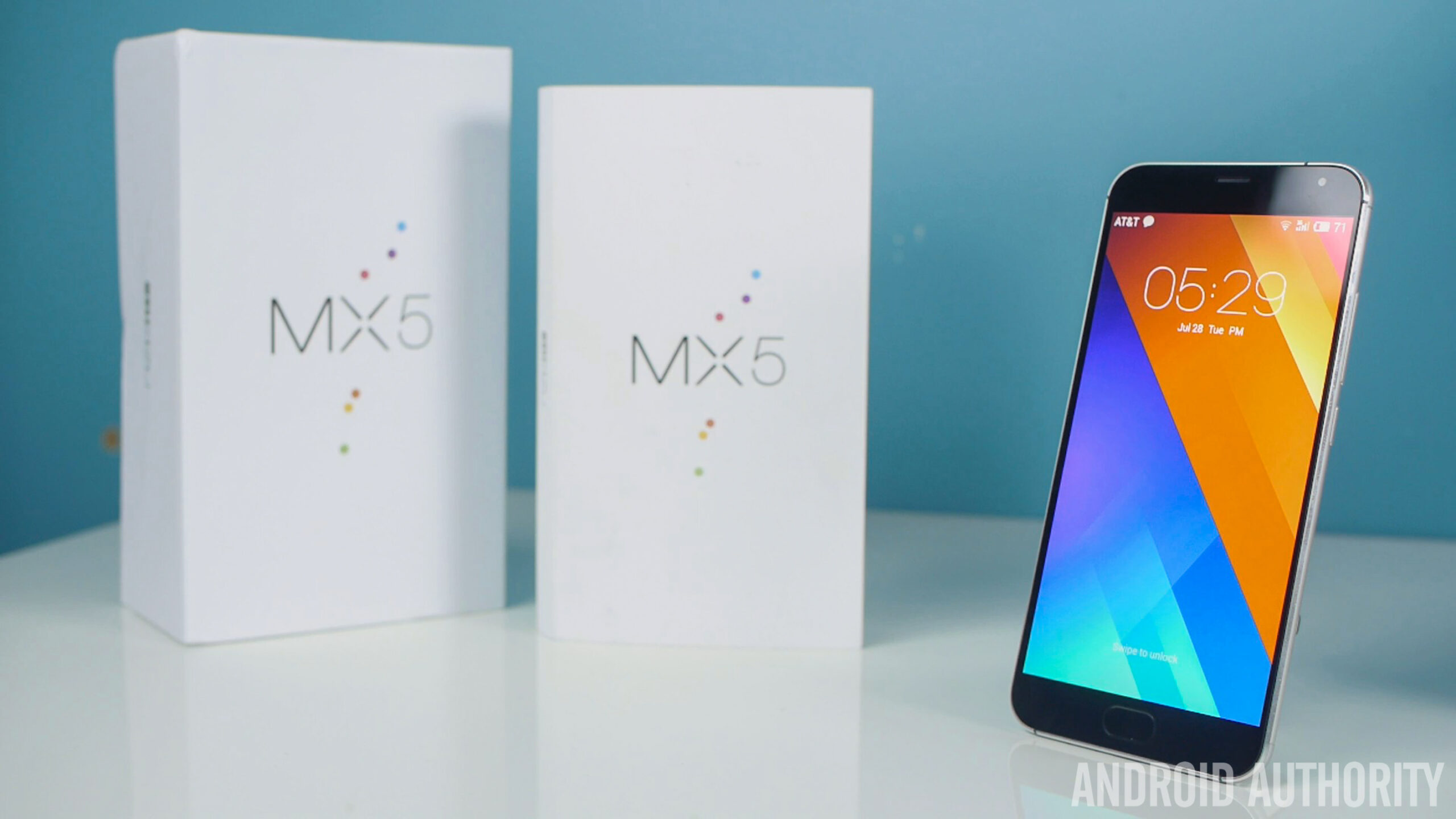
So there you have it for this closer look at the Meizu MX5! The device may have some cosmetic issues, like the somewhat cheap feeling home button, but it does what it is meant to do amazingly well.
The performance is smooth, the display is beautiful, the battery life is impressive, the camera is reliable, the fingerprint scanner is fantastic and the overall build quality is actually very nice, allowing for a great feel in the hand. In the end, the Meizu MX5 is definitely a worthy competitor in the affordable smartphone space, but it might be easy to miss in the crowd, especially with the latest flagship devices that have launched over the last few days.